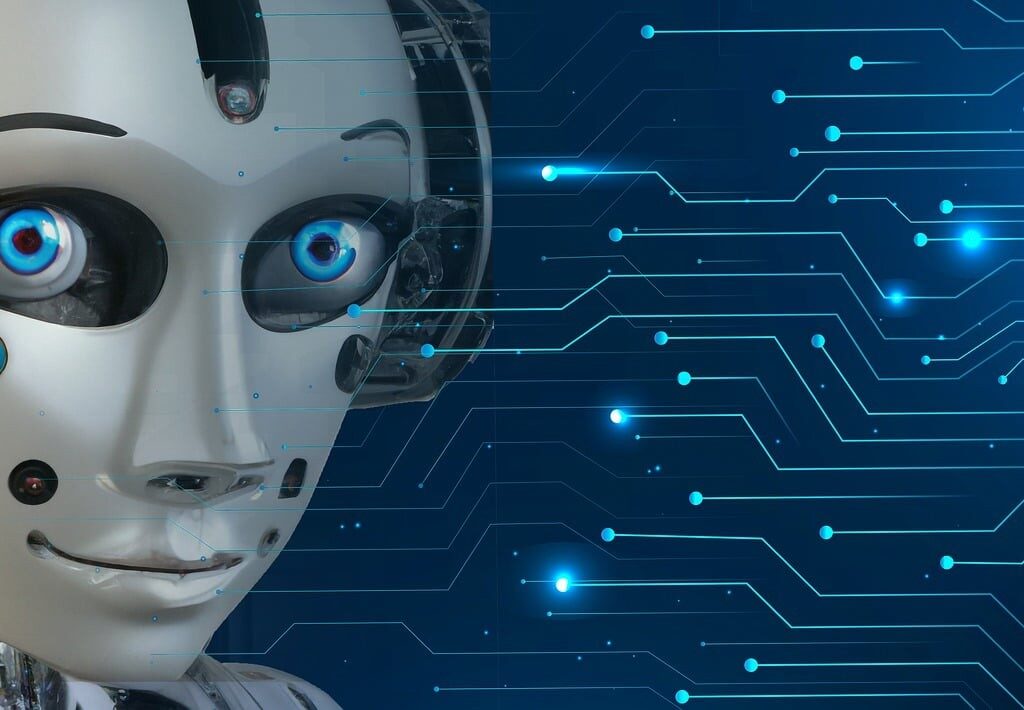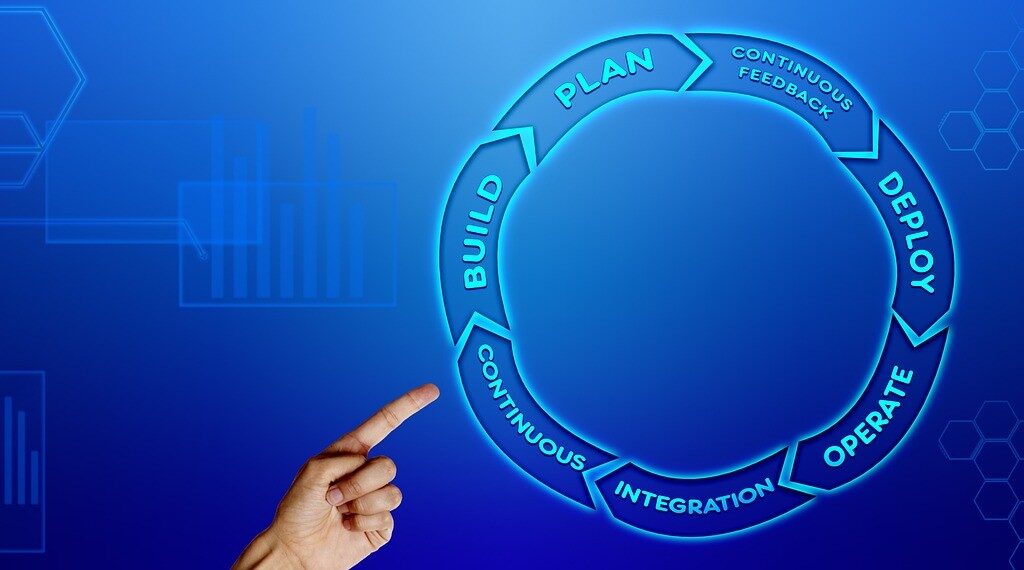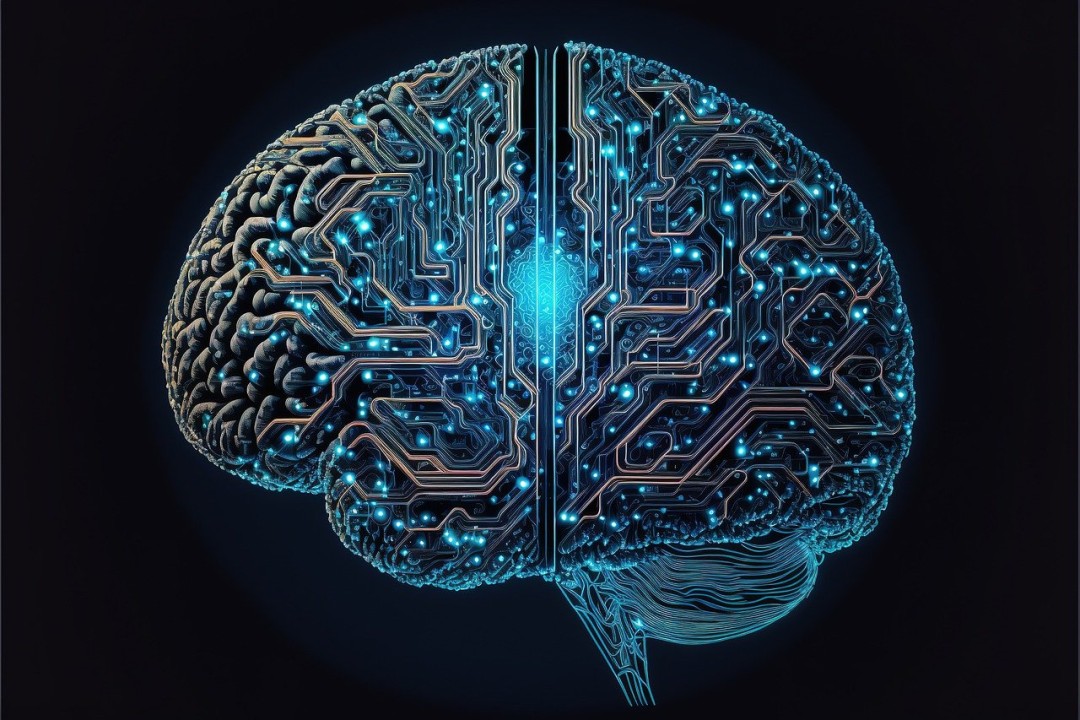In the world of IT, things are changing rapidly. As we approach 2023 and beyond, it’s important to take a look at the future of IT operations and the role that AIOps will play in shaping it. AIOps is the practice of using artificial intelligence (AI) and machine learning (ML) to enhance and automate IT operations. In this blog, we’ll explore some of the predictions and trends for AIOps in the coming years.
Increased Adoption of AIOps

One of the most significant predictions for AIOps is that there will be increased adoption of this technology in the coming years. According to a report by Markets and Markets, the AIOps platform market size is expected to grow from $2.55 billion in 2018 to $11.02 billion by 2023, at a CAGR of 34.0% during the forecast period. This growth can be attributed to the increasing demand for real-time and proactive IT operations management, which is made possible through AIOps. AIOps is also becoming more accessible to businesses of all sizes, with cloud-based AIOps platforms now available from major cloud providers.
AIOps for Security

Another prediction for AIOps is that it will increasingly be used for security. As cyberattacks become more sophisticated, it’s becoming harder for human operators to keep up with them. However, AI and ML can be used to detect and respond to threats in real-time, without the need for human intervention. In the coming years, we can expect to see AIOps being used for security purposes, including threat detection and response, anomaly detection, and compliance monitoring. By using AIOps for security, businesses can reduce their risk of cyberattacks and ensure their operations remain secure.
Increased Automation of IT Operations

As AIOps continues to mature, we can expect to see an increase in the automation of IT operations. AIOps can be used to automate many routine tasks, such as monitoring, alerting, and incident response. This will allow IT teams to focus on more strategic initiatives, while AIOps takes care of the day-to-day operations. Automation can also help to reduce human error, which is a common cause of downtime and other IT issues. By using AIOps to automate IT operations, businesses can improve their overall efficiency and productivity.
AIOps for DevOps

DevOps is an approach to software development that emphasises collaboration and communication between development and operations teams. AIOps can be used to enhance DevOps practices by providing real-time insights into the performance of applications and infrastructure. In the coming years, we can expect to see more businesses adopting AIOps to improve their DevOps processes. This will help to reduce the time it takes to identify and fix issues, which will ultimately lead to faster time-to-market for new applications and features.
AIOps for Predictive Maintenance

Predictive maintenance is the practice of using data analytics to predict when maintenance is required on equipment or systems. AIOps can be used to enhance predictive maintenance by analysing data from various sources, including IoT sensors, to identify potential issues before they occur. In the coming years, we can expect to see more businesses adopting AIOps for predictive maintenance. This will help to reduce downtime and improve overall equipment reliability, which will ultimately lead to increased efficiency and productivity.
AIOps is positioned to take on a more significant function in the IT operations landscape of the future. AIOps will give the tools and insights that are essential to accomplish these objectives for organisations as they work towards increasing their efficiency and production. Even if the use of AI in operations is becoming more widespread, there are still a few problems that need to be solved. The shortage of qualified employees who are able to manage and maintain AI operations platforms is one of the most significant issues. There is presently a dearth of IT workers that possess the requisite skills and expertise to properly handle AIOps since it is a relatively new technology. This indicates that companies may need to make investments in the training of existing workers or the recruitment of new people in order to effectively manage their AI operations platforms.
Integration of AIOps with preexisting information technology systems and infrastructure is another obstacle to overcome. AIOps platforms need to be able to interact with a diverse selection of information technology (IT) systems, such as monitoring tools, data sources, and analytics platforms. Especially for companies that are still using older forms of information technology, this may be a difficult and time-consuming procedure.
In spite of these obstacles, it is easy to see how AIOps might be beneficial. Businesses may increase their productivity, decrease the amount of downtime they encounter, and improve the overall customer experience all by using AI and ML to enhance and automate their IT processes. AIOps is also a vital tool for enterprises that operate in complex and dynamic settings, such as cloud-based environments and IoT systems. These environments may be challenging to manage and monitor effectively.
When we take a look into the horizon of what the future holds for AIOps, we may anticipate the emergence of a few distinct tendencies. The use of AIOps for the purpose of continuous improvement is one trend. AIOps systems may be used to gather data on IT operations over time, which can then be utilised to determine areas in which there is room for improvement. Businesses may achieve better levels of efficiency and effectiveness in their IT operations by regularly analysing data and discovering possibilities for improvement.
A further development in this area is the use of AIOps to predictive analytics. When organisations use AI and ML to analyse data from a variety of sources, including machine logs and IoT sensors, they are able to determine the likelihood that certain pieces of equipment or systems will fail. This makes it possible to do preventative maintenance, which may assist to cut down on equipment downtime and increase equipment dependability overall.

